Decor Tips to Prevent Monsoon Damage
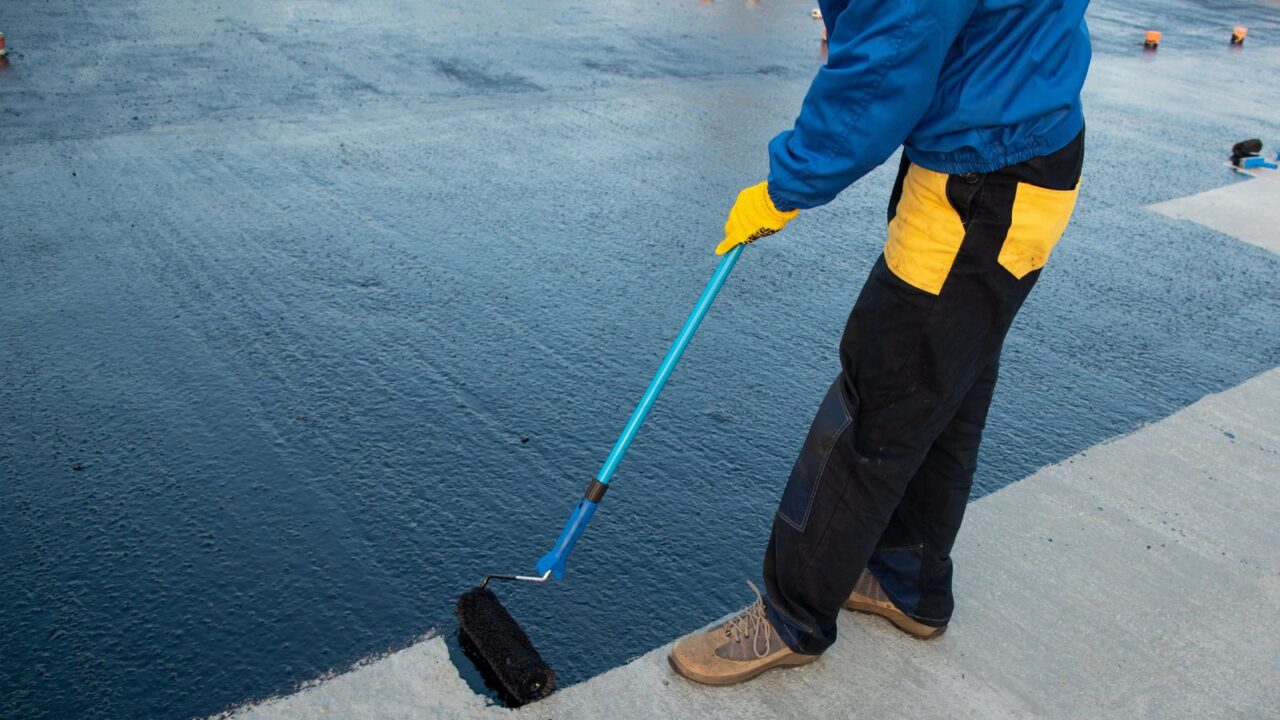
Damage-Free Monsoon
Rainy season has its own joys, but along with joy, it might bring some damage sometimes. This damage can sometimes cost you a fortune.
By following these prevention tips, you’ll not only save yourself from spending hundreds or even thousands of dollars but also protect your beautiful home from musty smells and moldy walls.
Waterproof Your Walls

Keep Water from Seeping Through Walls
The first thing you should do is to make your walls waterproof to prevent any moisture from getting in.
If you don’t want mold, mildew, or any structural damage in your walls, then here are some tips for you:
- As a prevention, start by checking for any gap or crack in your wall.
- Once any gap or crack is detected, fill in a silicone, acrylic, and polyurethane sealant.
- After it’s done, apply primer on the walls for extra protection, and then finally use a high-quality waterproof paint.
This works well for minor leaks. However, if you suspect heavy rain, create a liquid waterproof membrane with materials like pre-formed asphalt or modified bitumen sheets and do cladding.
Seal Windows and Doors
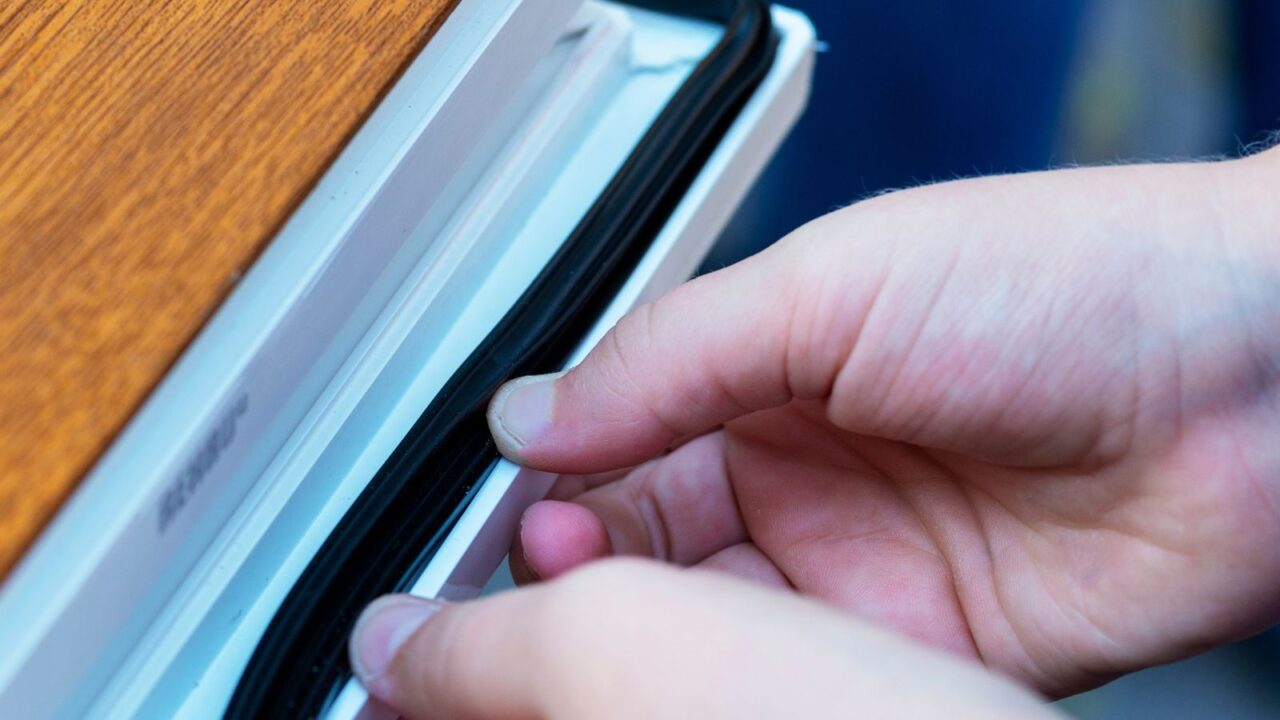
Keep Water from Seeping Through Windows and Doors
Another way water can enter your house is through windows or doors, so it’s essential to seal them completely. Here are a few things to do:
- If you notice any gaps, cracks, or damaged weather stripping, address them promptly by removing the old material and replacing it with new weather stripping.
- For a more durable solution, consider using mold-resistant caulk to seal cracks, as it tends to last longer.
- Additionally, install door sweeps on your doors to prevent water from seeping through.
These steps will help keep your home dry and protected from water damage.
Keep Curtains and Blinds Closed

Close All Curtains and Blinds
What you can do as an initial step when it starts to rain is to keep the curtains and blinds closed. However, this isn’t always helpful if you haven’t picked the right material or fabric.
Here are some suggestions for blind material if you want to protect your home from rain and maintain aesthetic appeal:
- Polyester
- Vinyl
- Faux wood
- Aluminum
- Waterproof roller blinds
- Roman shades
As for curtains, use waterproof material or synthetic fiber.
Indoor Mold-Resistant Care
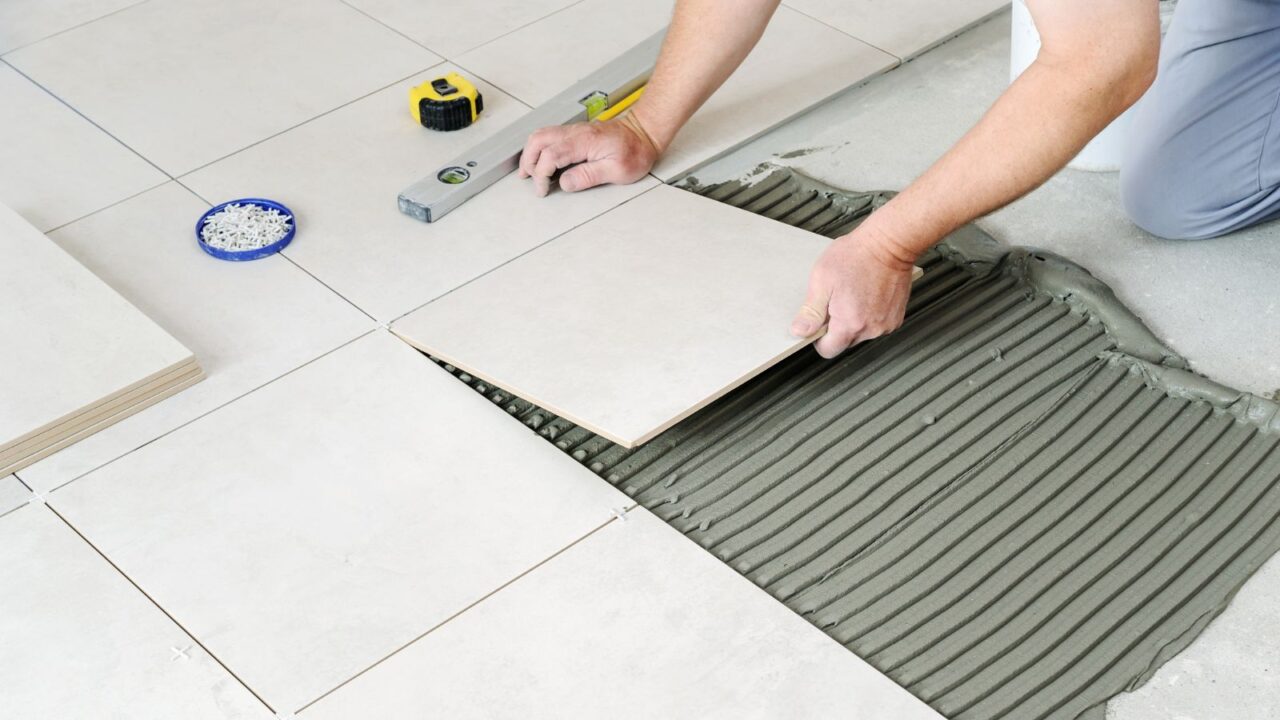
No Mold Indoors
It’s not just us who enjoy the Monsoon season; mold does too. To combat this, consider incorporating mold-resistant materials.
Here are some flooring options:
- Vinyl Flooring
- Porcelain or Ceramic Tiles
Avoid using wood and carpets in these conditions.
For wall mold resistance, consider:
- Anti-Mold Fiberglass Wallcovering
- Non-Papered Gypsum Drywall
- Mold-Resistant Drywall
- Mold-Resistant Paint.
Wood Furniture Care

Take Care of Your Furniture
If you have wooden furniture and it’s the rainy season, it’s important to take precautions to prevent moisture damage.
Here are a few steps to protect your furniture:
- Apply varnish or sealant
- Use leather covers
- Keep furniture away from any openings.
Place Furniture on Elevated Surfaces

Elevate Furniture to Protect It from Damage
If water enters, keeping your furniture elevated can help protect it. Here are some ways to do this:
- Furniture Risers
- Furniture with Wheels
- Sturdy Blocks and Bricks
Incorporate Water-Resistant Textile
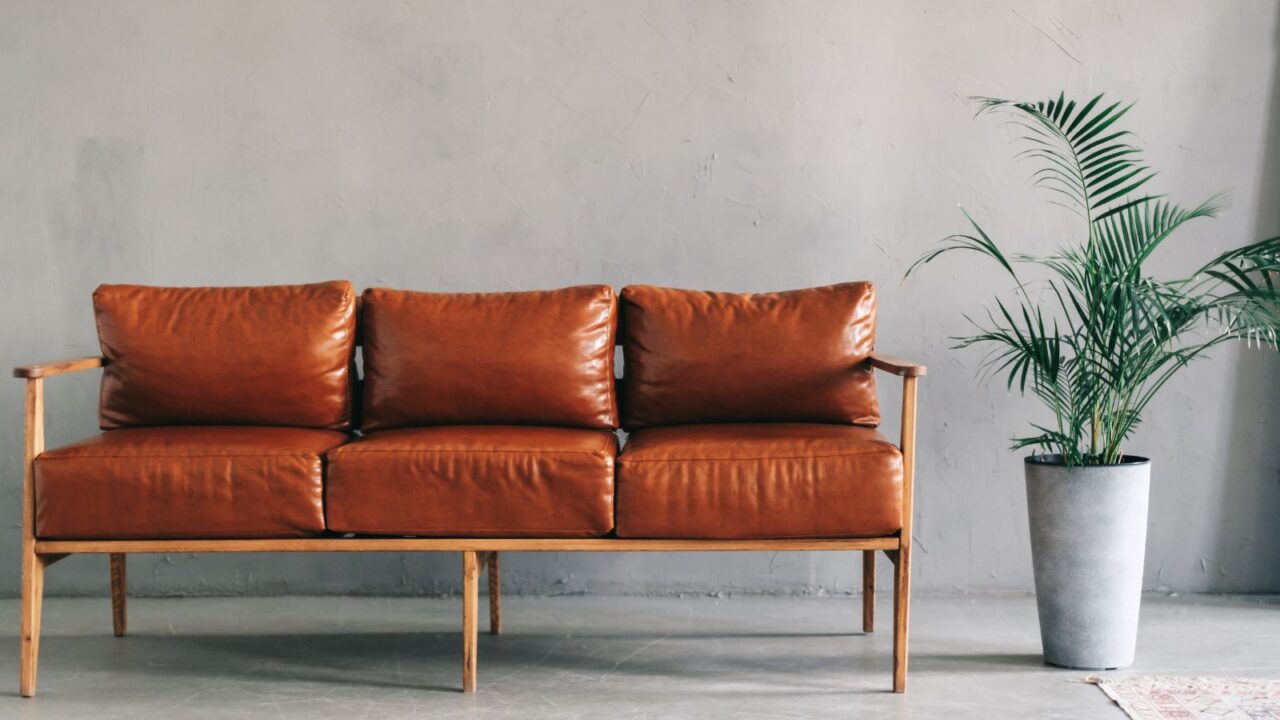
Waterproof Textile Fabrics
Don’t neglect your valuable home textiles like curtains, bedding, cushions, and pillows, as rain can damage them.
Consider these fabric options:
- Polyester, Nylon, or Synthetic Fibers
- ELS Cotton
- Solution-Dyed Fabrics
- Microfiber
- Enameled Cloth
- Anti-Microbial Fabric
Waterproof lighting fixtures
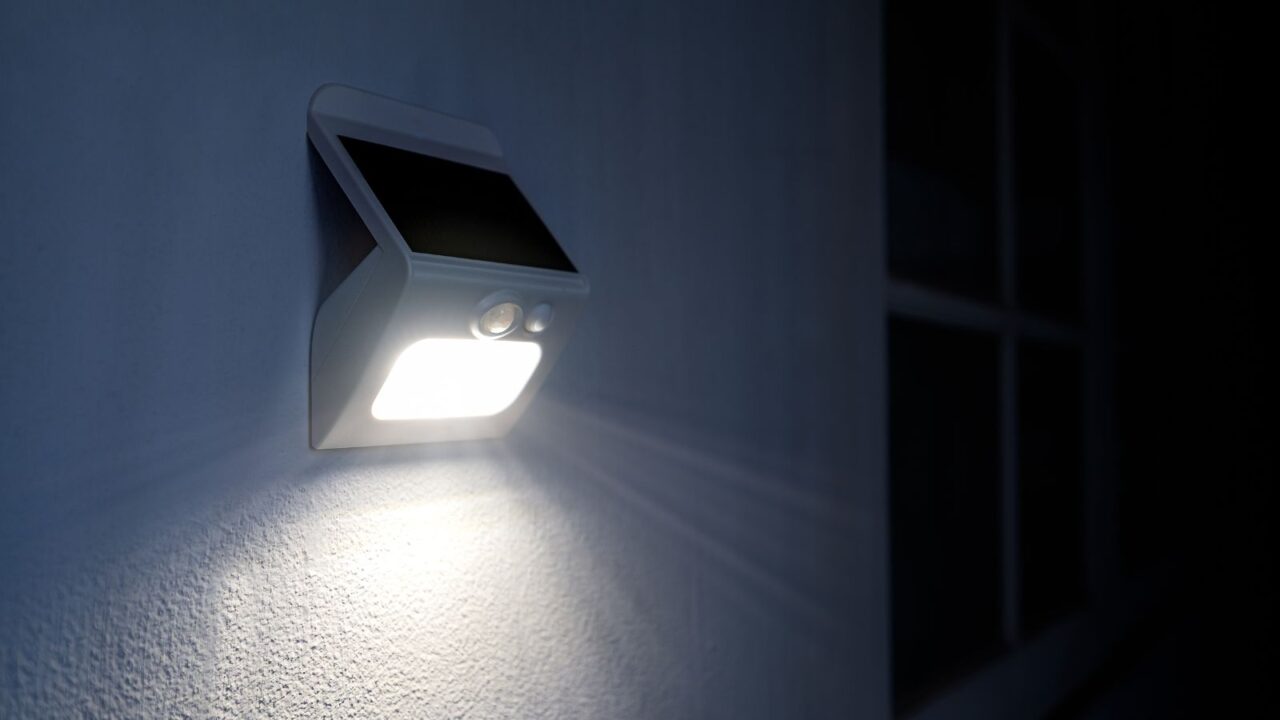
Prevent Electric Accident
It’s wise to install waterproof lighting for outdoor areas. Opt for high IP-rated fixtures to ensure durability.
Here are some options:
- Pendant Lights
- Flush Mount Lights
- Recessed Lights
- Floodlights
- Solar Lights
Ensure all lights have a high IP rating for added protection.
Use Moisture Absorbers
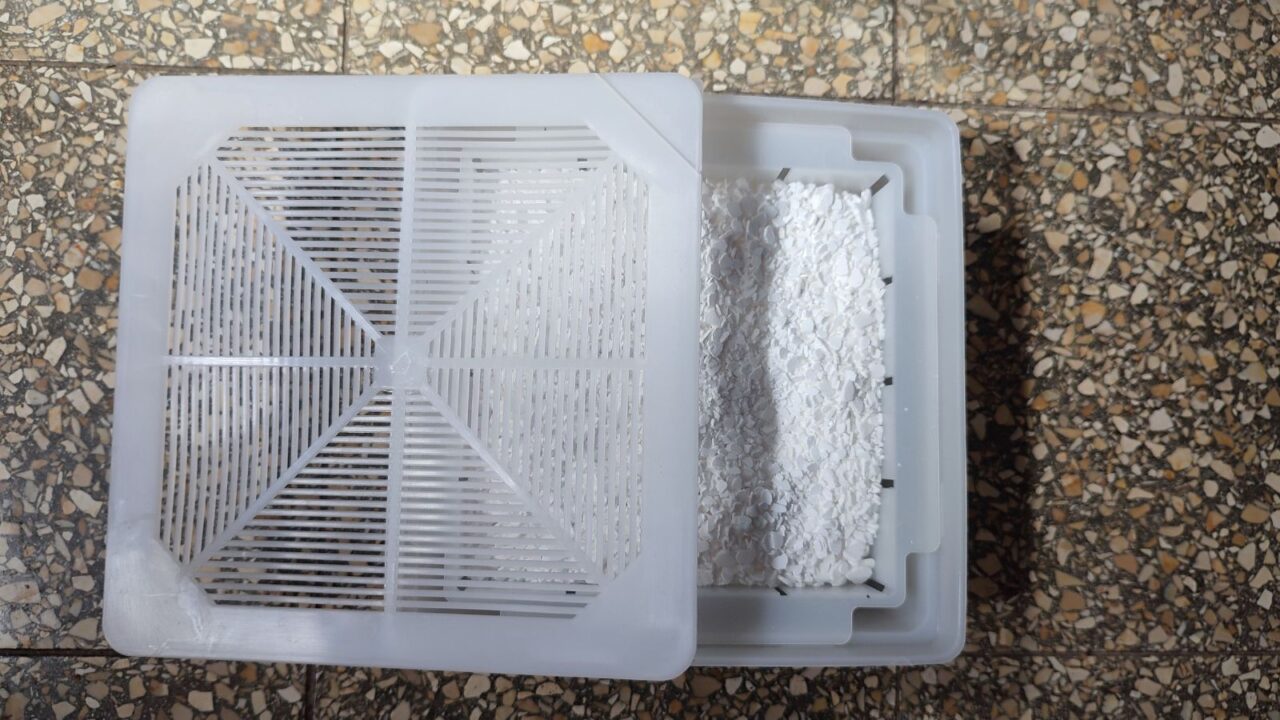
Absorb Moisture
To reduce moisture and humidity, consider using moisture absorbers in addition to a dehumidifier. Here are some options:
- Disposable packs with moisture-absorbing crystals
- Reusable desiccant bags with silica gel
Additionally, traditional moisture absorbers include:
- Activated Bentonite
- Molecular Sieve
- Activated Charcoal
- Calcium Chloride
- Baking Soda
Dehumidifiers

Get Rid of the Moisture
Monsoons bring humidity and moisture, which can cause dampness and mold indoors. To combat this, use a dehumidifier.
Consider the following:
- Choose a dehumidifier suitable for the room size.
- Adjust the dehumidifier settings for optimal performance.
Water-Repellent Sprays
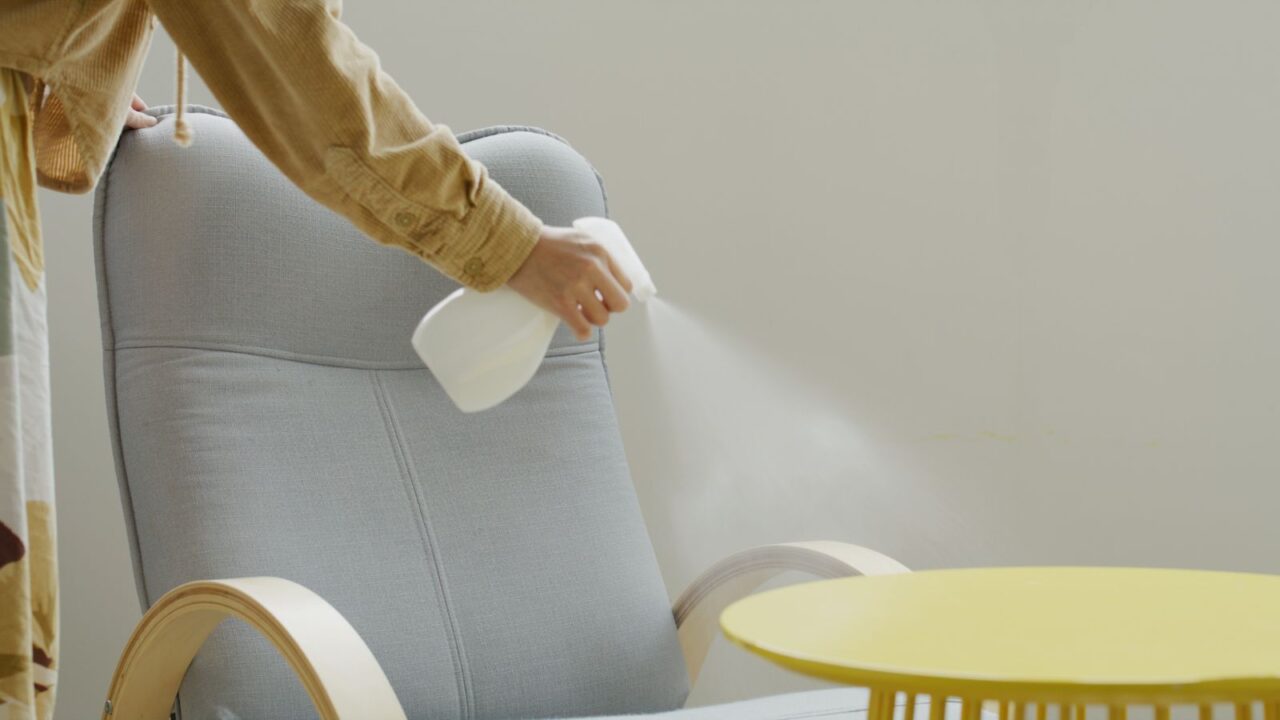
Spray Essential Furniture and Indoor Areas
Rain can damage your home’s aesthetics by affecting furniture and walls. To maintain your home’s appearance, use water-repellent sprays.
Here’s how they can benefit your home:
- Stain Resistance
- Waterproofing
- Mold and Mildew Prevention
Additionally, consider eco-friendly water repellents.
Ventilate Your Home
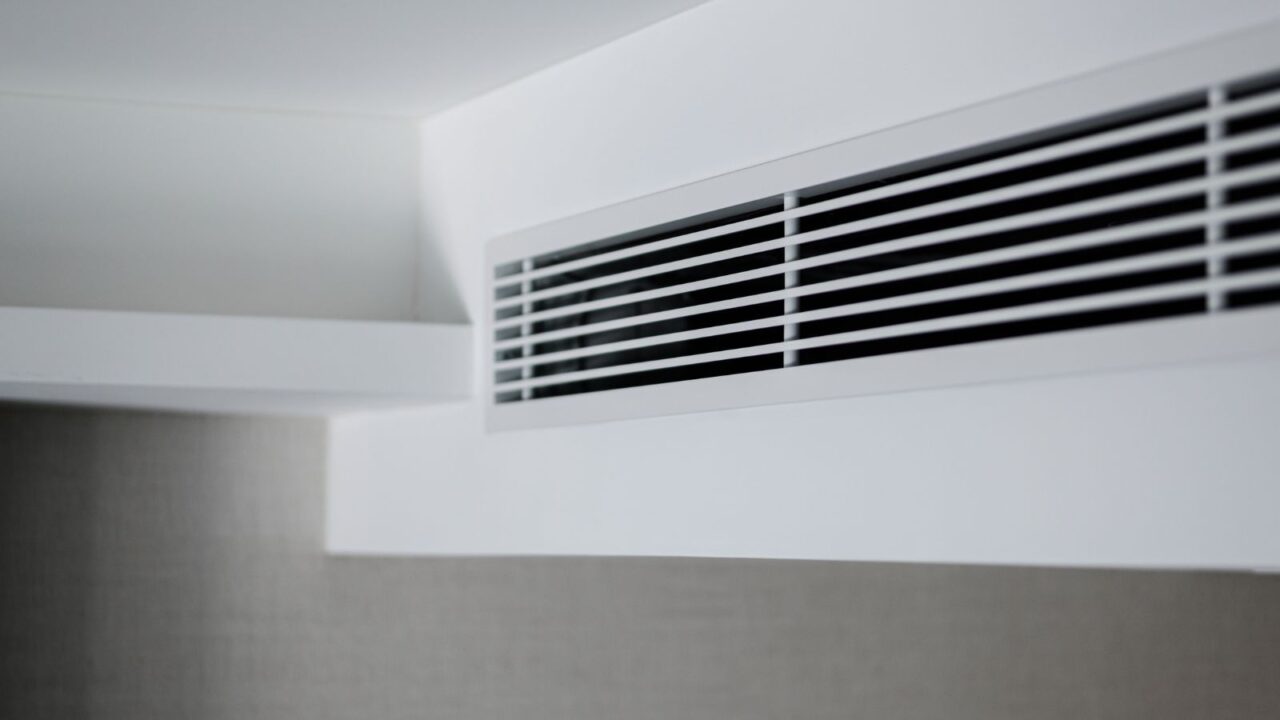
Ensure Proper Ventilation During the Monsoon
To maintain your home’s condition and eliminate musty odors during the monsoon season, proper ventilation is essential.
Here are a few tips:
- Utilize Natural Ventilation
- Install Exhaust Fans
- Use Window Ventilators
- Employ Air Purifiers with Built-In Ventilation
Cover Outdoor Furniture

Protect Your Outdoor Furniture
While maintaining your indoor spaces, don’t overlook the outdoors. Your patio and outdoor furniture need attention as well.
Use outdoor furniture covers to protect against rain and harsh weather, preserving their appearance.
Consider these cover materials:
- Heavy-Duty Polyester
- Vinyl
- Oxford Fabric
- Solution-Dyed Acrylic
- Polypropylene
Anti-Slip Mats
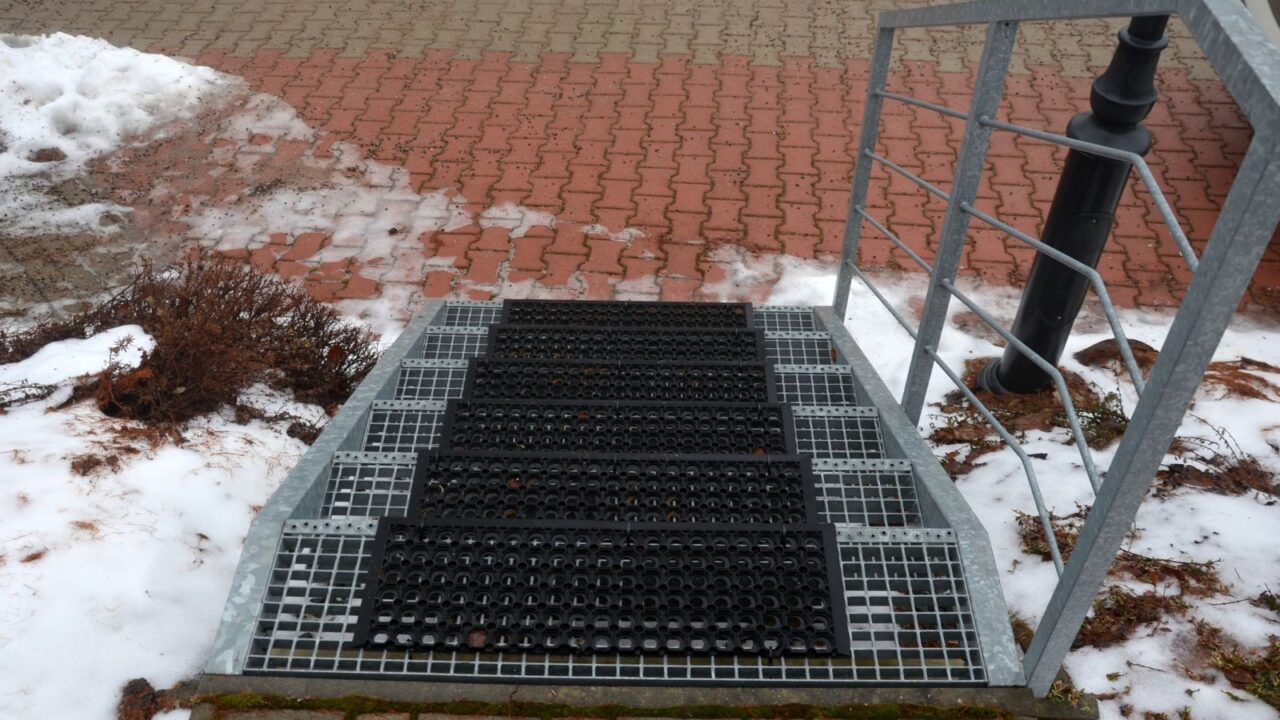
Mats for Slippery Surface
During the monsoon season, while bacteria and mold are concerns, slippery surfaces can also pose serious injury risks on rainy days.
For outdoor activities, use non-slip mats to keep water and dirt from entering your home and to prevent slips.
Place them on wet floors, in kitchens, or any area prone to water. Recommended mat materials include:
- Rubber
- Coir
- PVC
- Carpeted Anti-Slip
Indoor Camping
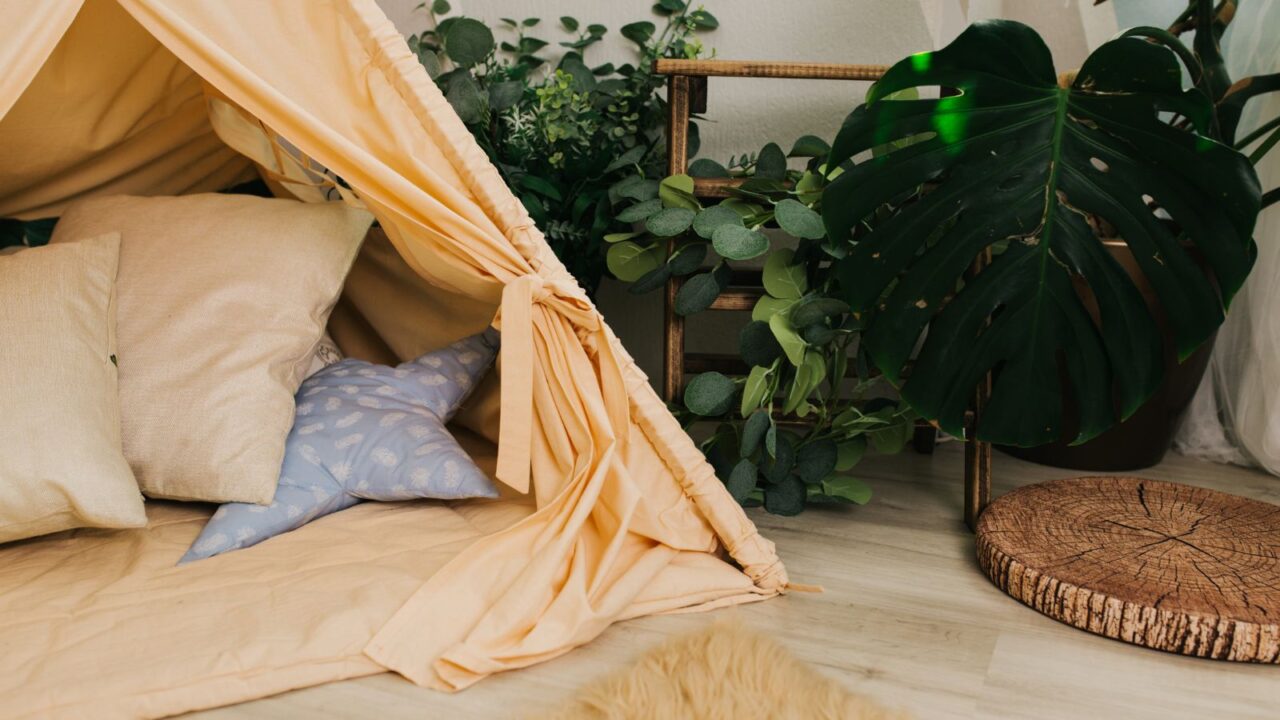
Summer Adventure in Your Living Room
Had summer camping plans with friends, but the rain ruined them? No problem, bring the camping experience indoors for added comfort and fun.
Here are some amazing ideas for indoor camping.
Refresh Your Space for Summer
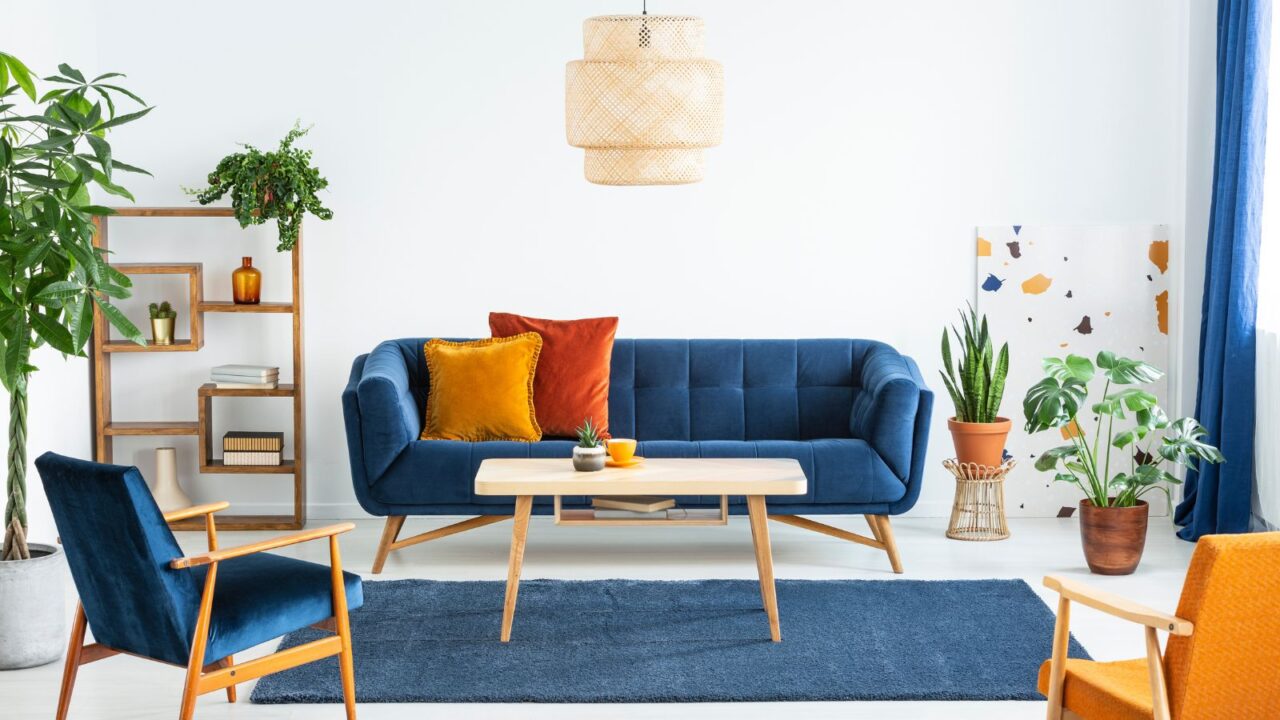
Top Decor Trends for 2024
Looking to transform your house into a place that reflects happiness and joy? Look no further.
Here are the top decor trends for 2024 that will transform your house into a happiness-exuding place.